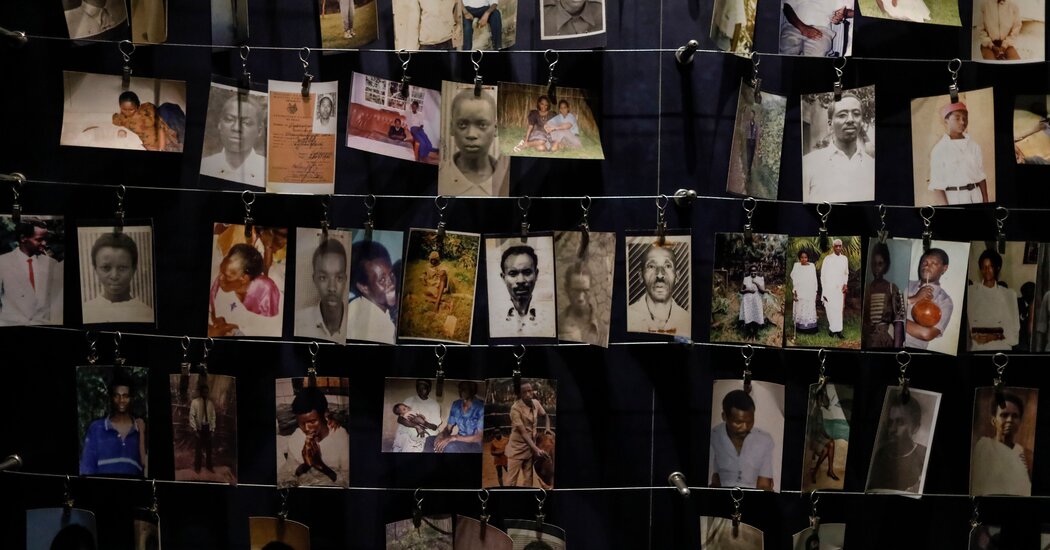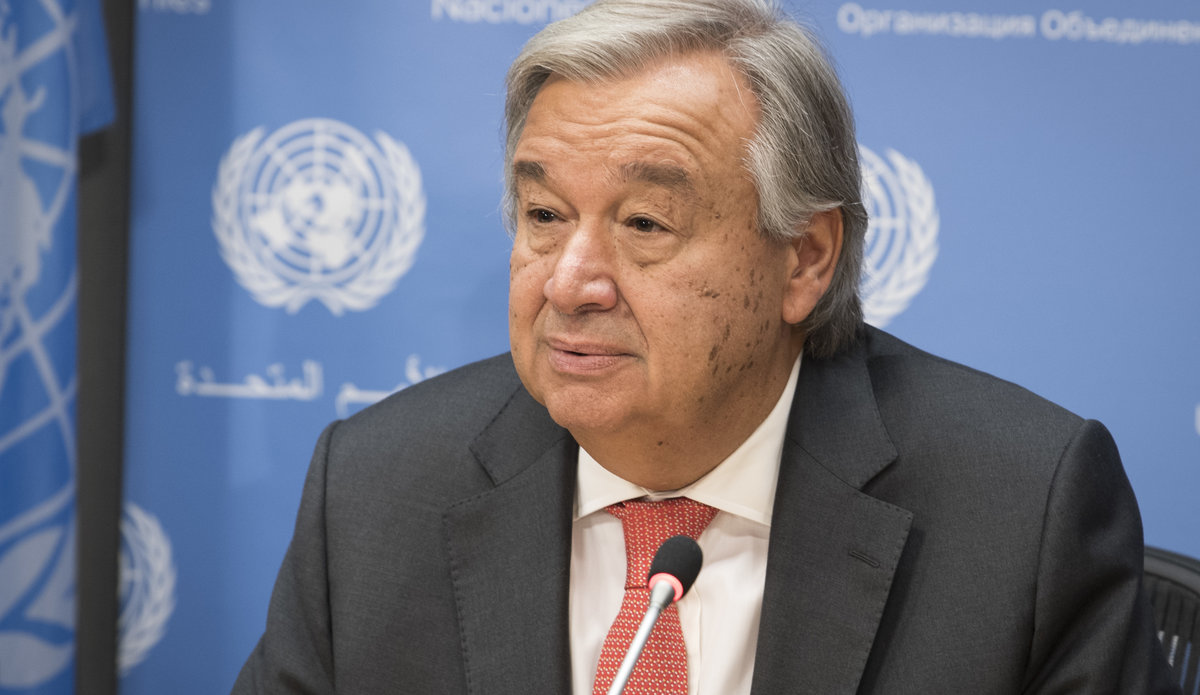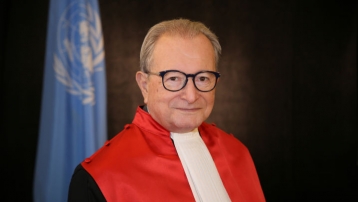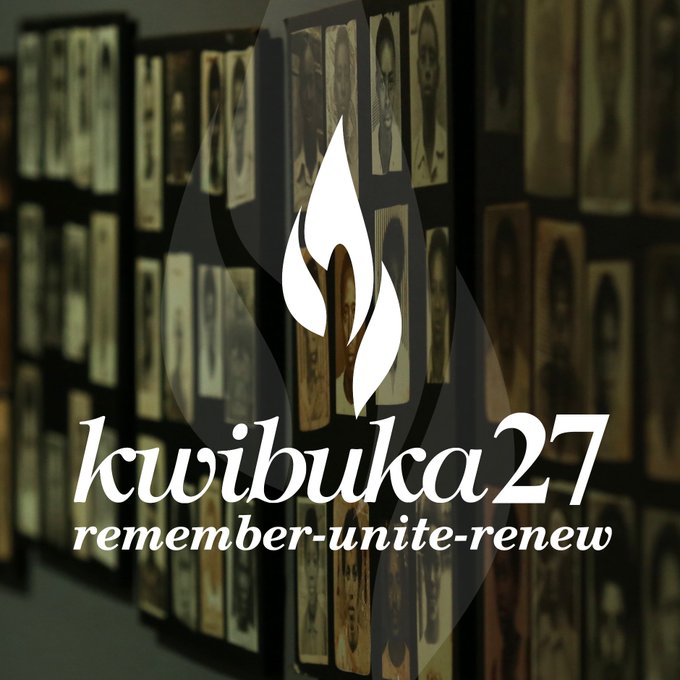Regional
Genocide against the Tutsi was planned, not accidental

When Genocide was launched in early April 1994, was fast and devastating
One key plank often used by genocide revisionists and deniers is that the Genocide against the Tutsi was triggered by the downing of the plane carrying President Juvenal Habyarimana and his Burundi counterpart Cyprian Ntaryamira on April 6, 1994.
According to
them, the assassination of the president which was falsely blamed on the
Rwandan Patriotic Front (RPF) triggered a popular rage that pushed them to
massacre more than one million Tutsi. However, evidence from documents recently
published by the National Commission for the Fight against Genocide (CNLG)
prove that the extremists in the genocidal regime meticulously planned the
extermination of the Tutsi.
Preparations were
in many forms. They all worked to put in place the killing infrastructure.
According to CNLG, the genocidal regime proceeded to episodic massacres of the
Tutsi in different parts of the country, distributed weapons, and created an
extremist newspaper called Interahamwe. In addition, it launched the extremist
political party called the Coalition for
the Defense of the Republic (CDR).
Strangely, at the same time, the
regime was participating in the Arusha peace negotiations to give the
impression that it was interested in peace. This was an illusion because while
talks were ongoing, it also carried out massacres in some areas of the country,
notably Bugesera.
They started with
the killings of the Bagogwe pastoralists in the former Mutura Commune, Gisenyi.
The CNLG report indicates that “on the night of February 4,1991, the
para-commandos of the Bigogwe military camp fired into the air overnight to
make it seem like it was an assault by RPF troops.
This masquerade
was prepared to provide a credible pretext for the massacres that were to
follow. The next day, soldiers invaded Tutsi homes, massacred many after
torturing them in Kanzenze Sector, and claimed to have killed RPF combatants
while they were innocent Tutsi civilians. Those murdered had their skulls
smashed. That day, more than 300 Tutsi were killed.
Another 277 Tutsi
in the former prefectures of Ruhengeri and Gisenyi were massacred, in January
1991, according to the international commission of enquiry by the Federation of
Human Rights Leagues (FIDH). It was found that these massacres had taken place
in different communes of Gisenyi and Ruhengeri prefectures. The victims were
mostly young men, and most had multiple factures to the face and skulls, caused
by blunt instruments.
The massacres
which took place between 1990 and 1994 were trials aimed at testing reaction
both nationally and internationally. They also served another purpose, that of
trial to see how to efficiently carry out large-scale massacres. Each time, the
government and the killers felt emboldened and planned more. That is why, when
Genocide was eventually launched in early April 1994, it was fast and
devastating.
Another aspect of
the preparation of the Genocide was the training of the youth militias and the
distribution of weapons. The CNLG report notes: “On March 18, 1991, the head of
the intelligence service in Ruhengeri Prefecture, Munyangoga Eugène, sent his
director general in Kigali a report in which he suggested distributing weapons
to the people of Ruhengeri." In this report, Munyangoga affirmed that the
young people between 18 and 25 years of age are robust and that they should
receive military training, an operation which had to be coordinated by the
local authorities - mayors, advisers, and cell heads.
According to the
report, after their training, young people returned to their areas of origin,
received weapons but continued to put on civilian clothes.
For the first
time, Munyangoga used the term “militia” to designate this youth, saying that
it will be useful for the government and the army, which will not cost the
state much at the time because these young people would not receive any wages.
He advised the government to put the youth under the command of the army which
could use them in the operation “to fight the Inkotanyi who used to infiltrate
at night to robe and kill."
Another element
that proves that genocide was prepared is the creation of the extremist media
that included different newspapers and the hate radio Radio Television des
Mille Collines (RTLM).
But the
publication of Interahamwe newspaper called INTERAHAMWE, affiliated to the MRND
Party, and which was headed by Robert Kajuga, a leader of the militia with the
same name, is telling. There was also the distribution of weapons to the
population of Byumba Prefecture, in areas where there was fighting between the
RPF rebels and the then government troops.
In Muvumba
Commune, a group of 250 people were selected by Bourgmestre Onesphore
Rwabukombe and sent for training at Gabiro from January 29, to February 5, 1992
to be trained in the use of guns. These weapons were used to kill the Tutsi in
Byumba. The uncontested indication that the extremist government was seriously
preparing the genocide was the creation of the CDR party which played a big
role in the genocidal propaganda and was heavily involved in implementing the
genocide.
This party was
instrumental in mobilizing “the Hutu to join forces to exterminate the Tutsi”
the report says. The idea to create the CDR was born from different meetings
held at the National University of Rwanda, Nyakinama camps, between October 22,
1991, and January 17, 1992.
Genocide
revisionists, including the Brussels-based Jambo asbl, an association that
comprises children of well-known genocide fugitives, should stop peddling
falsehoods.





